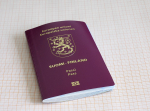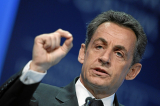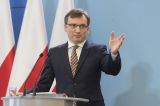
In a notable shift on the currency markets, the Swedish krona is closing in on its strongest position against the US dollar in nearly three years. This development comes as a result of a
combination of domestic and international economic factors.
According to recent reports, Sweden has recorded unexpectedly high inflation figures, which have led to speculation that the Swedish central bank may hold off on cutting interest rates or even consider tightening monetary policy. Higher interest rates typically boost a country's currency, as they attract foreign investment seeking higher returns.
At the same time, mounting global uncertainty triggered by renewed tariff threats from former US President Donald Trump has added pressure to the US dollar. Trump’s rhetoric has reignited fears of trade conflicts, particularly with major economies like China and the European Union, shaking investor confidence and weakening the dollar’s appeal as a safe-haven currency.
As a result of these factors, the US dollar is now approaching its lowest exchange rate against the krona since April 2022. Currency analysts suggest that if the trend continues, the krona could continue to gain strength through the summer, especially if Sweden’s inflation remains high and geopolitical tensions escalate in the US.
The krona's surge is being closely watched by Swedish exporters and policymakers alike. A stronger currency can dampen export competitiveness, but it also helps to offset the impact of import-driven inflation. Economists will be monitoring upcoming economic indicators and central bank decisions in both Sweden and the US to assess how long this upward momentum for the krona might last. Photo by The Central Bank of Sweden, Riksbanken, Wikimedia commons.








































